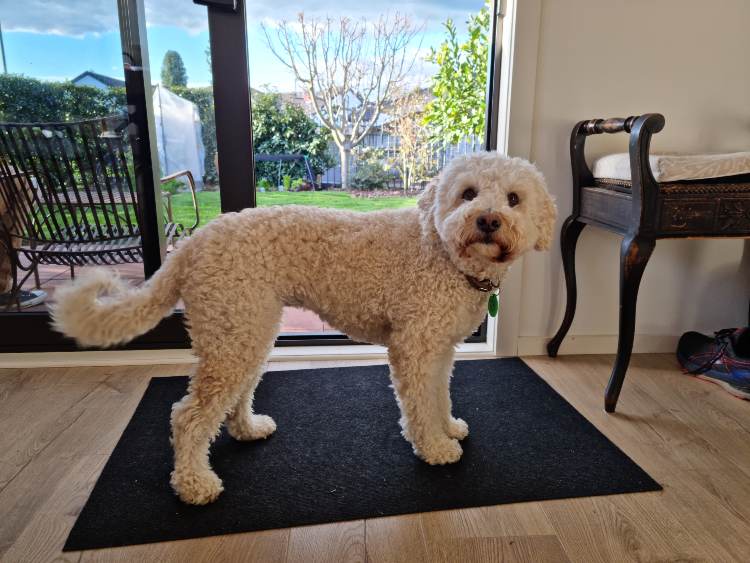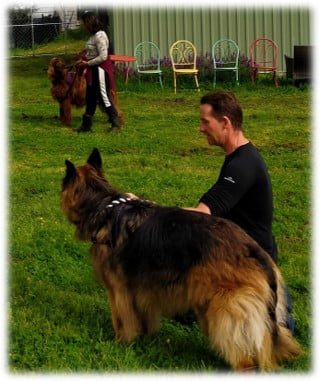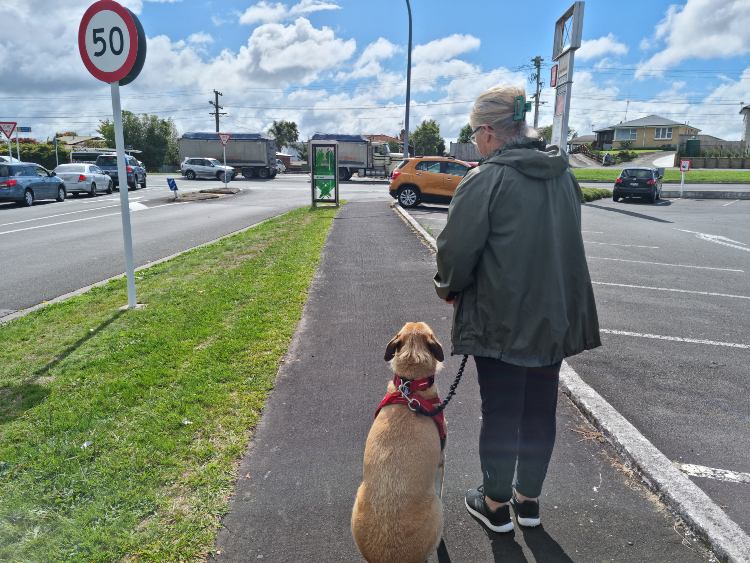Do you have a Mindful dog walk?
Dog walks are more than just physical exercise. They offer an opportunity for us to deepen our bond with our furry companions, foster their emotional well-being, and explore the world together. By incorporating mindfulness into our dog walks, we can enhance these experiences and create a positive and enriching environment for our dogs. In this blog, we will delve into the importance of understanding our dogs’ emotional state, practicing mindfulness, and incorporating stimulating activities during walks.
PREPARING FOR THE WALK : Before stepping out the door, take a moment to observe your dog’s state of mind. Notice their body language, energy level, and overall demeanor. Are they relaxed, excited, or anxious? Understanding their emotional balance sets the foundation for a successful walk.
RECOCNIZING THE EMOTIONAL THRESHOLD : Dogs, like humans, have emotional thresholds. This refers to the point at which they become overwhelmed, anxious, or reactive. Pay attention to signs that your dog may be approaching or exceeding their emotional threshold, such as excessive panting, stiff body posture, or hyper-vigilance. When you notice these signs, it’s essential to slow down, create space, and allow your dog to regain their emotional balance.


STOPPING FOR RELAXATION : Incorporating regular stops during the walk is crucial for both you and your dog. Find a quiet spot where you can both relax and connect with the environment. Take a few deep breaths, feel the earth beneath your feet, and encourage your dog to do the same. These breaks provide an opportunity for your dog to decompress and release any accumulated stress, making the walk a more positive experience for both of you.
PROACTIVITY OVER REACTIVITY : Mindful dog walking involves being proactive rather than reactive. Instead of waiting for your dog to react to a potentially stressful situation, such as encountering another dog or loud noises, anticipate and redirect their attention beforehand. Use positive reinforcement and reward-based training to guide their behavior and create positive associations.
ENGAGING THE SENSES : Dogs experience the world primarily through their sense of smell. Allow them time to explore and sniff their surroundings during the walk. This sensory stimulation not only provides mental enrichment but also helps them gather information about their environment. Additionally, practicing cues or tricks along the way keeps their minds engaged and strengthens the bond between you and your dog.
POST-WALK TOY PLAY : After the walk, dedicate some time for interactive toy play. This helps your dog release any remaining energy, shift their focus, and unwind from the walk. By engaging in play, you can remove any stress or anxiety they may have picked up during the outing, preventing it from developing into long-term issues.
TRAFFIC CONSIDERATIONS : Walking in heavy traffic can be stressful for dogs, with the noise, fast-moving vehicles, and crowded sidewalks. Whenever possible, choose quieter routes or walk during off-peak times. By minimizing exposure to overwhelming environments, you create a more peaceful and enjoyable experience for your furry friend.
EMBARCE FREEDOM AND STIMULATION : Dogs don’t have to walk at heel all the time. It can be monotonous and dull for them. Embrace the concept of a stimulating and enriching walk. Allow your dog to explore their surroundings, investigate scents, and enjoy the journey alongside you. Balancing freedom and control enables your dog to experience the world in a way that keeps their minds active and spirits uplifted.

Incorporating mindfulness into your dog walks creates a harmonious and fulfilling experience for both you and your furry companion. By being aware of your dog’s emotional state, practicing proactive strategies, engaging their senses, and providing post-walk relaxation, you can nurture their emotional well-being and strengthen your bond. Remember, a mindful dog walk is not just about the physical act but also about fostering mental and emotional balance for a happier and healthier dog.